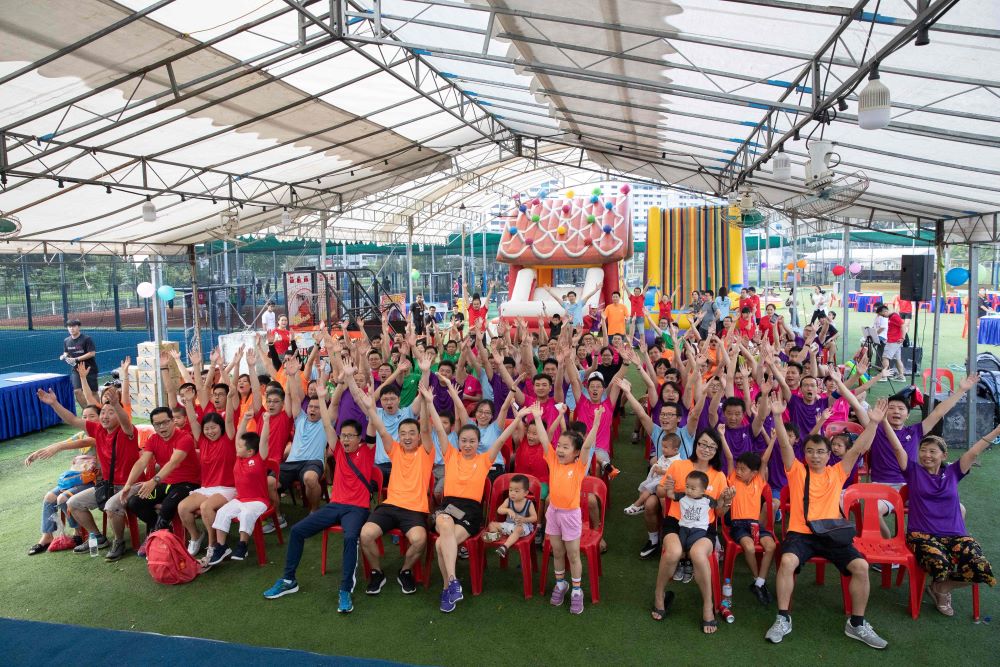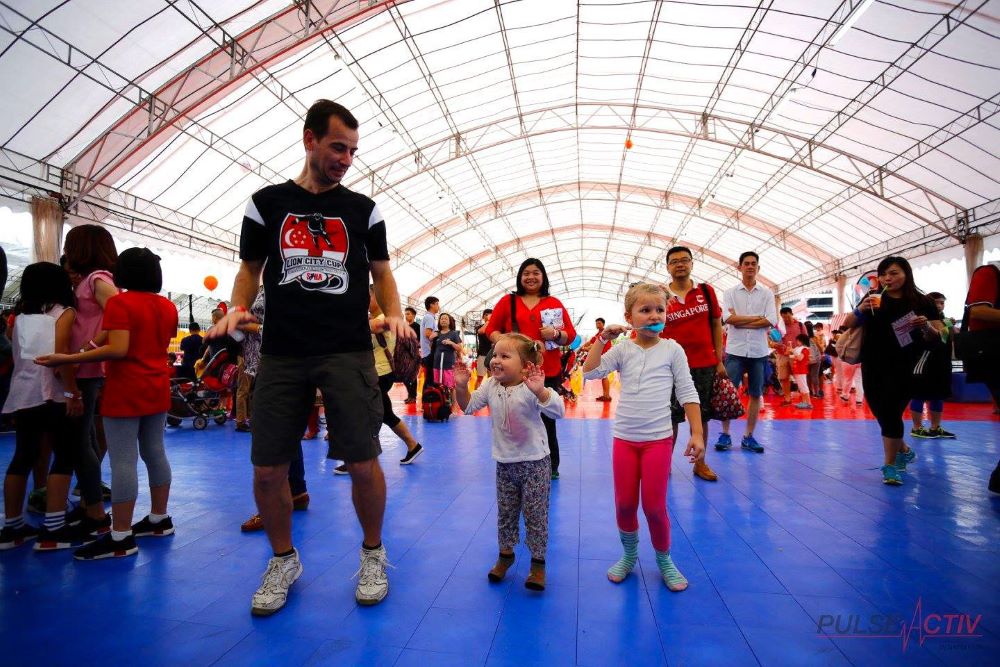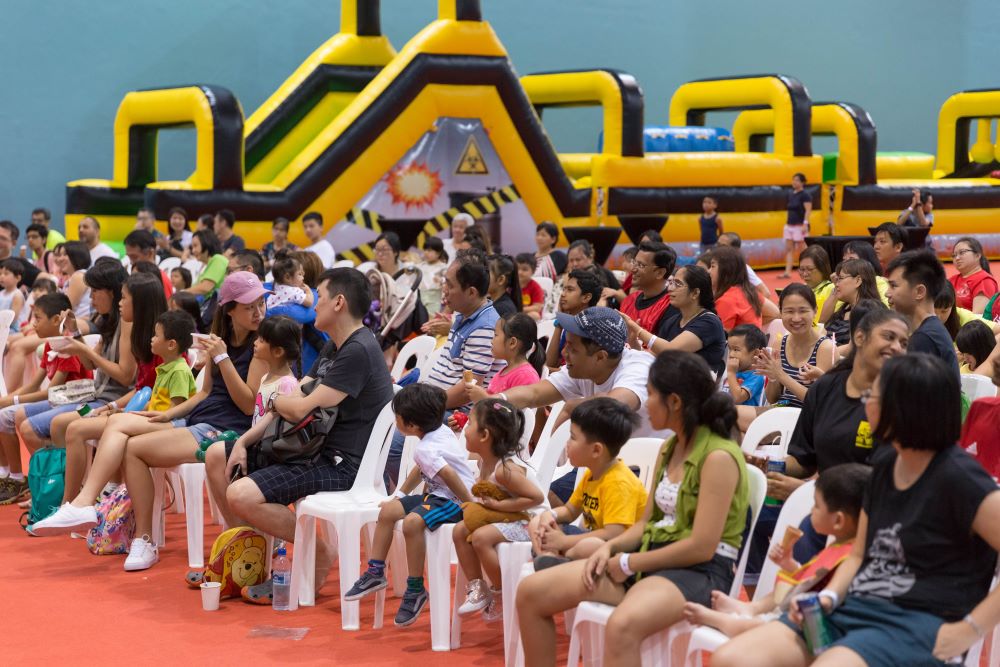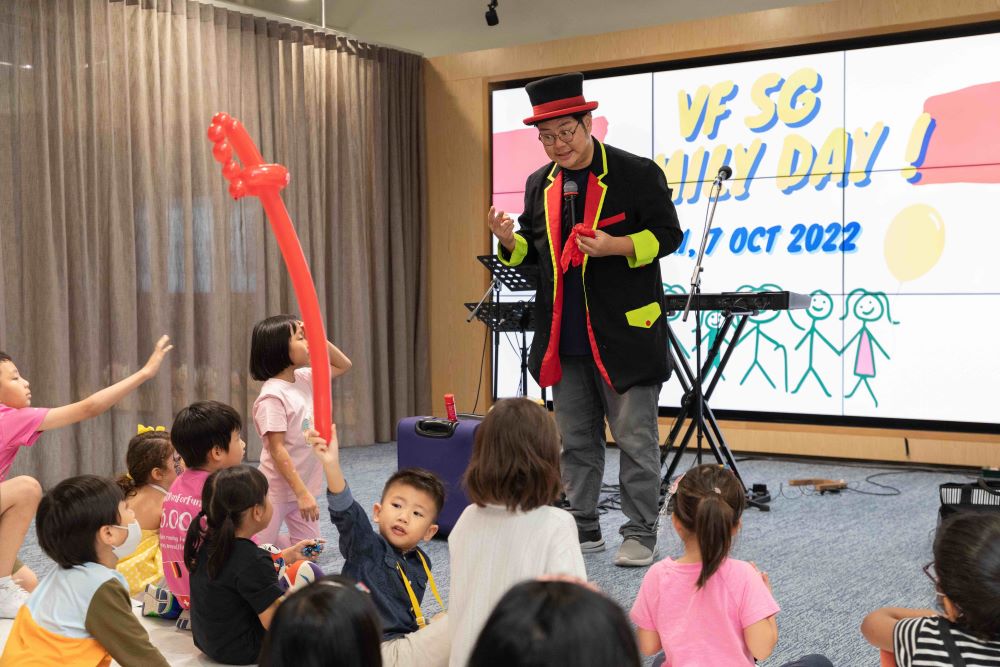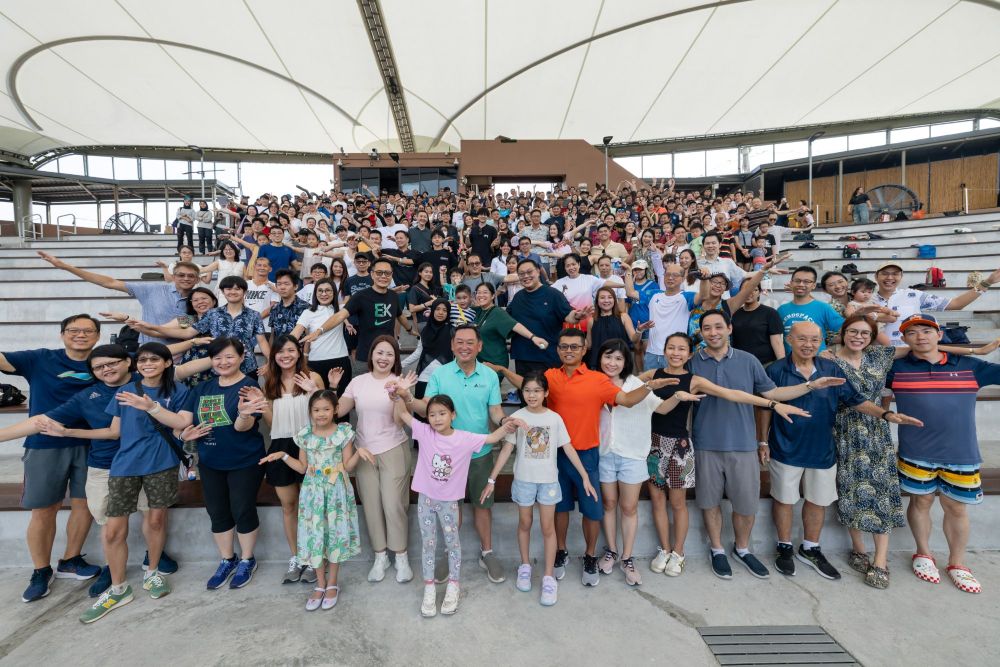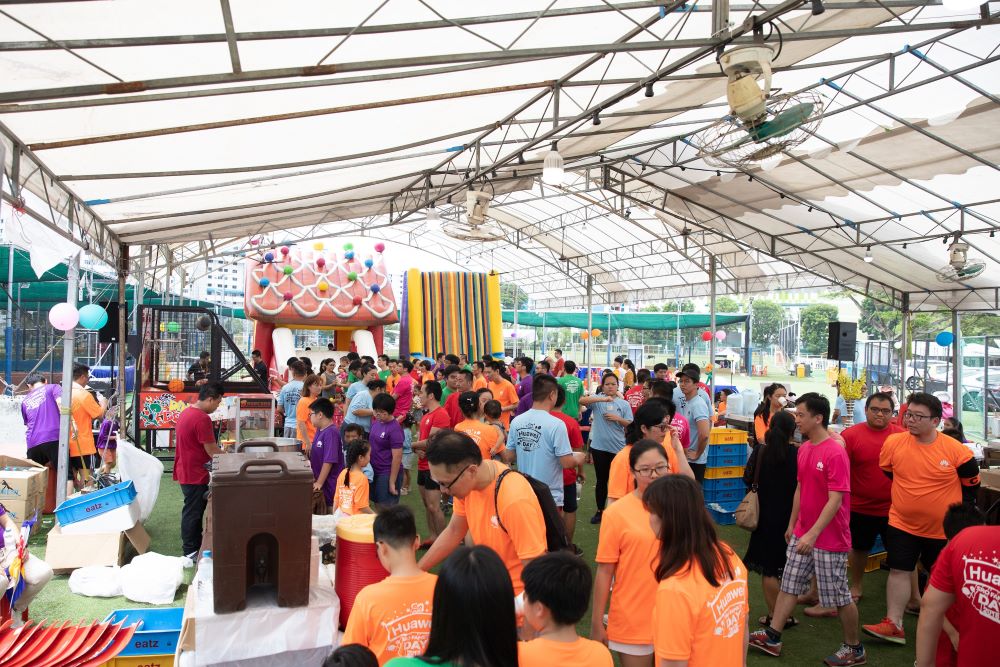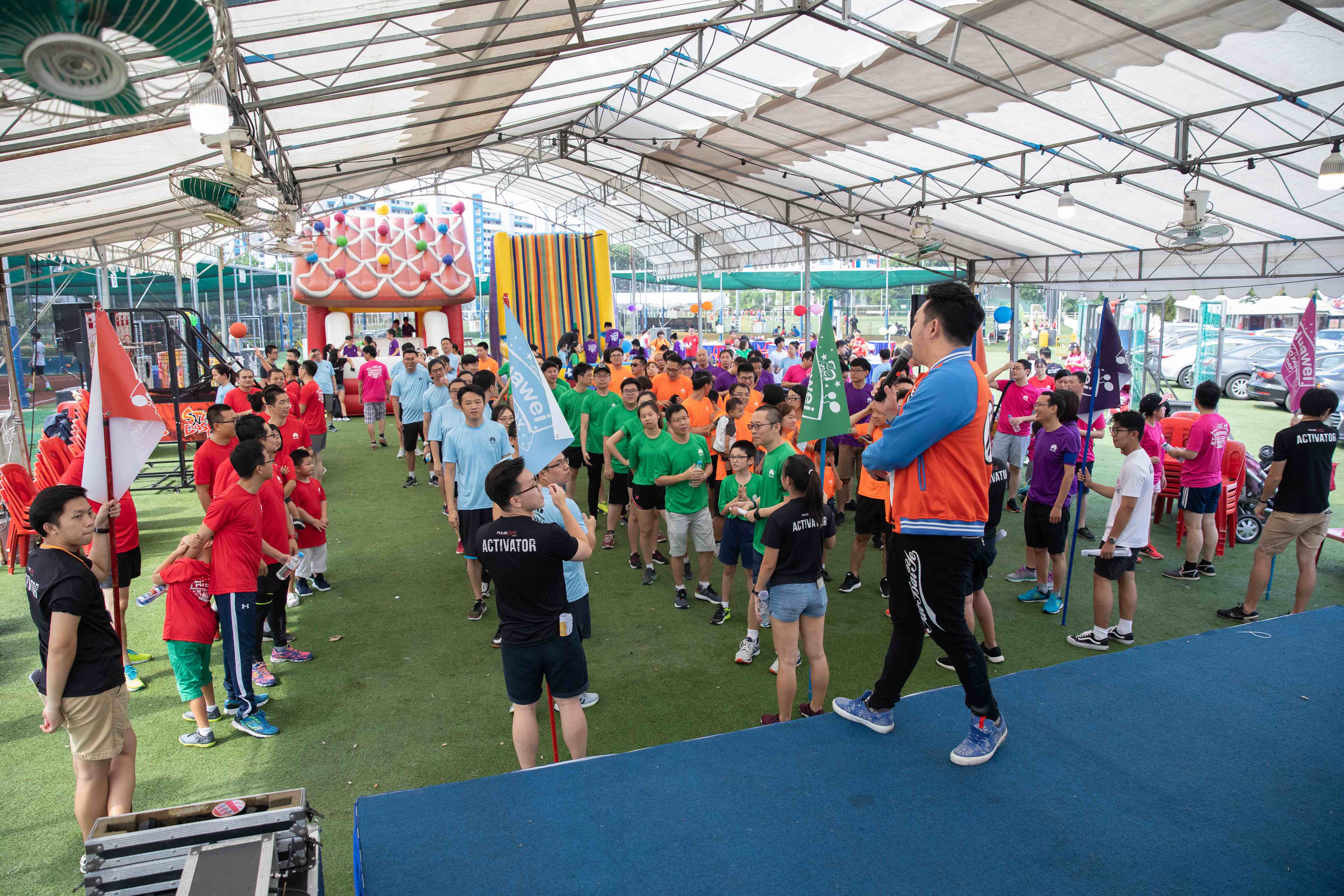Measuring the Success of Corporate Family Days: Metrics and Feedback
Corporate family days are more than just a fun gathering; they’re an essential tool for fostering a sense of community, enhancing employee morale, and aligning your company’s values with a family-friendly culture. To ensure these events are effective and deliver on their goals, it’s important to measure their success. This involves setting key performance indicators (KPIs), gathering and analyzing participant feedback, and leveraging that feedback to improve future events. Below, we explore these aspects in detail.
Key Performance Indicators for Corporate Events
KPIs are critical in evaluating the success of your corporate family day. They offer measurable data that reflects the event’s impact on your employees, their families, and the organization as a whole. Here are some KPIs to focus on:
- Attendance Rate: Calculate the percentage of invited guests who attended the event. High attendance typically signals strong interest and effective promotion. To get a deeper understanding, segment the attendance data by department, seniority, or other relevant categories to see which groups were most engaged.
- Engagement Levels: Engagement can be measured by tracking participation in scheduled activities. For instance, how many people joined the family-friendly competitions, or how many children attended the interactive workshops? High engagement indicates that the event’s offerings were well-aligned with the interests of attendees. Consider also measuring time spent at the event—whether people stayed for the entire duration or left early can provide insight into overall satisfaction.
- Net Promoter Score (NPS): NPS is a widely recognized metric that gauges overall satisfaction by asking participants how likely they are to recommend the event to others. A high NPS indicates a successful event, but a low score can highlight areas needing improvement. Follow up with qualitative questions to understand the reasons behind their scores.
- Social Media Mentions: Social media has become a powerful tool for gauging real-time reactions. Track the number of posts, likes, shares, and comments related to the event. Analyzing the sentiment behind these mentions can provide additional context—are people sharing positive experiences, or are there criticisms that need to be addressed?
- Employee Morale and Productivity Post-Event: While harder to measure directly, post-event employee morale and productivity can be significant indicators of the event’s success. Surveys distributed a few weeks after the event can assess whether employees feel more connected to the company and whether there’s been a noticeable boost in productivity or job satisfaction.
- Budget Adherence and ROI: Analyze whether the event stayed within the allocated budget and if the resources were utilized efficiently. Calculate the return on investment (ROI) by comparing the cost of the event to the benefits gained, such as increased employee satisfaction, engagement, and loyalty. A successful event balances financial prudence with high attendee satisfaction.
Methods for Collecting and Analyzing Participant Feedback
To truly understand how well your event was received, collecting comprehensive feedback is essential. There are several methods to gather this valuable information:
- Post-Event Surveys: Surveys remain one of the most effective ways to collect feedback. Send them out within 24-48 hours after the event while the experience is still fresh in attendees’ minds. Ensure the survey is concise and covers key aspects such as organization, activity quality, food and beverages, and overall enjoyment. Use a mix of rating scales, multiple-choice questions, and open-ended questions to capture a range of feedback.
- Focus Groups: Focus groups offer a more detailed exploration of participant experiences. Select a diverse group of attendees for a facilitated discussion where they can share their thoughts on various aspects of the event. Focus groups allow for deeper insights into specific areas of interest and can uncover subtleties that surveys might miss. Consider recording these sessions for thorough analysis later.
- On-the-Spot Feedback: Real-time feedback is invaluable for capturing immediate reactions. Set up feedback stations or provide quick survey forms at different points of the event. Use tablets or QR codes linked to a mobile survey platform to make it easy for attendees to share their thoughts on the go. This method can also be used to adjust certain aspects of multi-day events in real-time.
- Observation: In addition to direct feedback, observing attendees during the event can provide valuable insights. Notice which activities draw the most attention, how people interact with the space, and the general atmosphere. Are attendees engaging enthusiastically, or do certain areas seem underused? These observations can inform future event planning, especially regarding layout and activity design.
- Social Media Analysis: Beyond counting mentions, conduct a sentiment analysis of social media content related to the event. Tools like Hootsuite or Brandwatch can help identify whether posts are predominantly positive, neutral, or negative. Understanding the sentiment behind these posts provides a more nuanced view of how the event was perceived.
How to Use Feedback to Improve Future Events
Feedback is only valuable if it’s used to make meaningful improvements. Here’s how to apply what you’ve learned to enhance future corporate family days:
- Identify and Analyze Trends: After collecting feedback, look for recurring themes or patterns. Are there consistent praises or criticisms? For example, if many attendees highlighted the same activity as a highlight, you know that it should be a focal point in future events. Conversely, if there’s a common complaint about the event’s timing or venue, consider making adjustments.
- Prioritize and Implement Changes: Not all feedback is equally actionable, so it’s important to prioritize. Focus on the changes that will have the most significant impact on the overall experience. For instance, if a majority of feedback pointed out issues with the event’s schedule, adjusting the timing or flow of activities should be a top priority.
- Communicate Feedback and Changes: Transparency is key in fostering trust and engagement. Communicate with your team and participants about the feedback you received and how it will be used to improve future events. This not only shows that you value their input but also encourages them to provide feedback in the future.
- Iterate and Innovate: Use the feedback to iterate on your event design. This might involve tweaking existing activities, introducing new elements, or even rethinking the overall concept of the family day. Continuous innovation based on feedback ensures that each event is fresh, exciting, and more closely aligned with the interests and needs of your employees.
- Compare Against Previous Events: If you’ve hosted similar events before, compare the feedback and KPIs against past data. Are your engagement levels improving? Has attendance increased? This comparison helps you track your progress over time and demonstrates the value of these events to stakeholders.
- Long-Term Feedback: Sometimes, the impact of an event isn’t immediately apparent. Consider conducting follow-up surveys a few months after the event to assess its long-term effects on employee morale, engagement, and loyalty. This can provide valuable insights into the sustained impact of your corporate family days and inform your strategy for future events.
Conclusion
Measuring the success of corporate family days goes beyond just counting attendees—it’s about understanding the event’s impact on your employees, their families, and the broader company culture. By setting clear KPIs, gathering comprehensive feedback, and using that information to refine future events, you can ensure that each corporate family day is more successful than the last. This approach not only enhances the value of these events but also reinforces the strong sense of community and belonging that is crucial to your company’s success.
To head back to read another article in our blog, click here.
